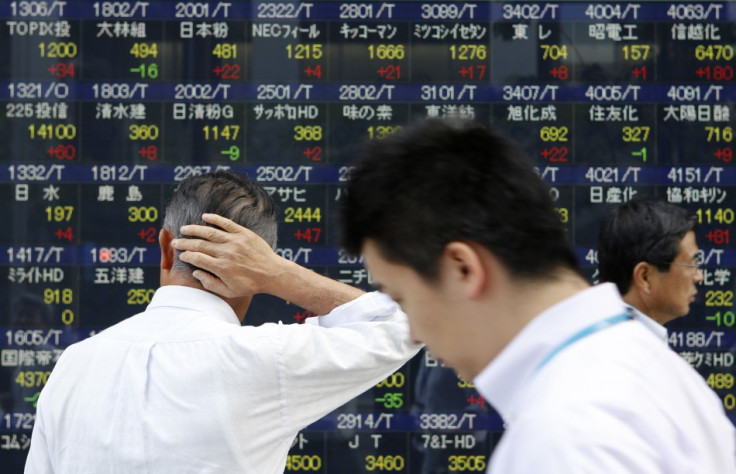Asian Markets Weekly Roundup: Volatility Persists Even After Fed Fears Fade

Asian markets were mixed, posting gains and losses in intra-day trade through the week.
The Japanese Nikkei lost 2.29% to 13, 774.54 in the five days to 31 May despite the fact that subdued US economic data hinted the Federal Reserve may not prune its massive global asset buys anytime soon. The Fed's bond-buying programme has been a key stimulator of Asian markets for a while now.
Equities in the world's third biggest economy were pulled down primarily by exporters' stocks after the yen strengthened as the week closed. A volatile US dollar began the week at ¥100.96, rose to ¥102.37 and ended the week at ¥100.45.
The dollar peaked on 28 May supported by a rally on Wall Street after data showed that the US housing market has revived and that consumer confidence in the world's largest economy had risen in May.
Asian markets posted gains earlier in the week on signs that the US economy was on the path to recovery. But volatility struck markets as investors tried to figure out the extent of damage the US Federal Reserve's potential rollback of global asset buys would have on the markets.
Some Asian markets pared losses at the end of the week after rising claims for unemployment benefits and lower-than-expected growth numbers from the US reduced fears surrounding quantitative easing (QE), boosting certain stocks.
South Korea's Kospi gained 1.46% in the week's trade to 2,001.05. The Shanghai Composite inched up 0.66% to 2,300.59. The Hang Seng was down 0.76% to 22,392.16.
Australia's S&P/ASX 200 down 0.54% to 4,926.60, pulled down by the resources sector after two influential Pimco economists put out a note asking the Australian government to slash interest rates in order to plug an economic black hole that was created from slowing mining activity.
In May, the Shanghai Composite outperformed other Asian markets, adding 5.82% at the end of the four weeks ending 31 May. Australia's S&P/ASX 200 was the worst performer, shedding 4.64% during the month.
In the coming week, Tuesday, 4 June, will be action-packed with investors following Australian quarterly and yearly growth numbers. The country's economy is forecast to expand 0.8% on a quarter-on-quarter basis, and 2.7% on a year-on-year basis. Australia will also announce its interest rate decision that day.
The US and Canada put out trade balance data on 4 June. America is forecast to report a $41bn negative balance, while Canada is expected to post a $1bn negative balance.
ADP Nonfarm National Employment data from the US will be available on 5 June.
The UK and the European Central Bank will announce their interest rate decisions on 6 June, and both are expected to keep rates unchanged at 0.5%.
Initial and continuing jobless claims data from the US will also be available on 6 June.
The American unemployment rate and nonfarm payrolls data will be out on 7 June.
© Copyright IBTimes 2025. All rights reserved.






















